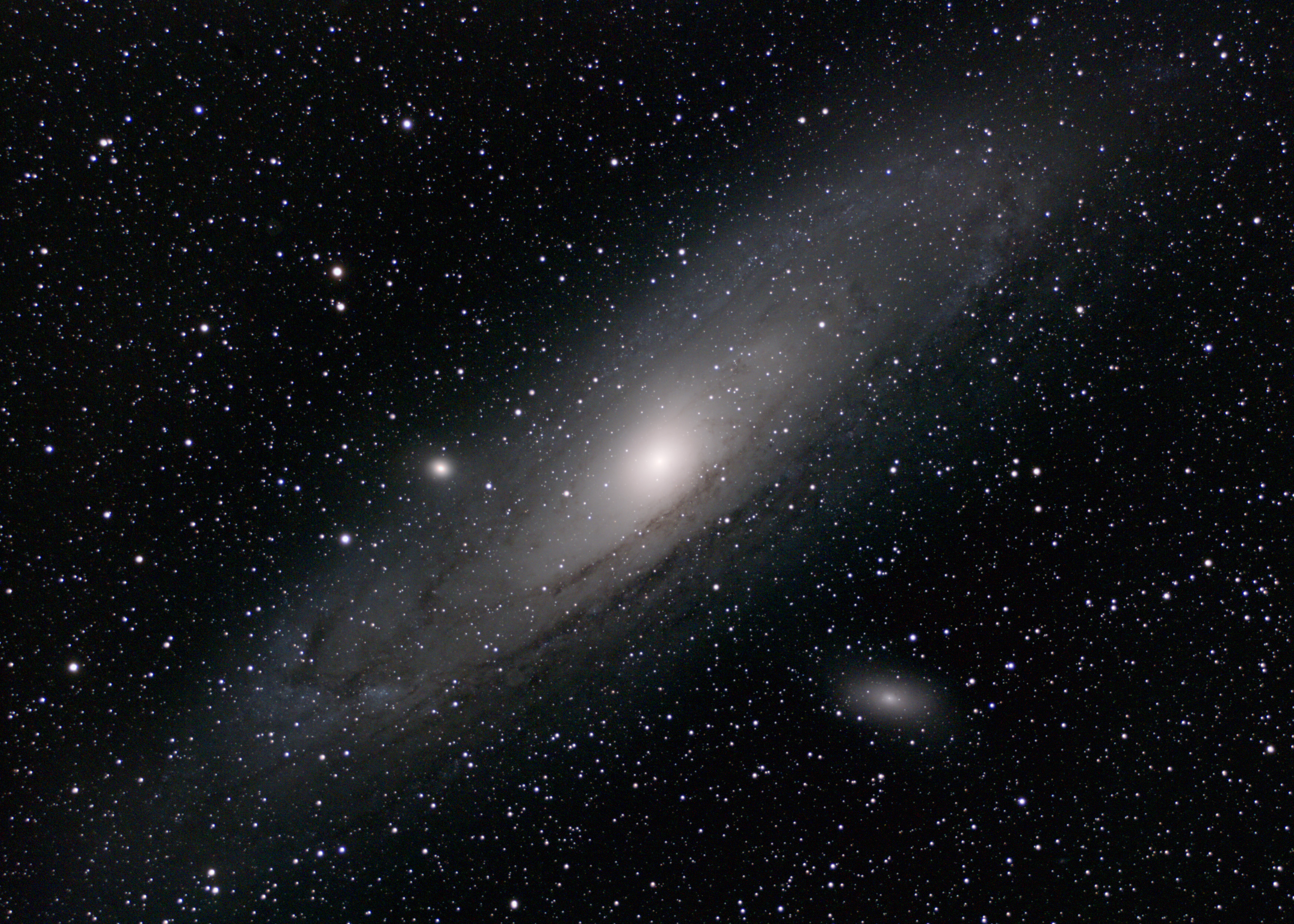China Unveils Advanced Wide Field Survey Telescope, Capturing Stunning Image of Andromeda Galaxy

China has unveiled the Wide Field Survey Telescope, which is designed to capture high-resolution images of celestial objects. (Photo: Wikipedia)
China’s Wide Field Survey Telescope ‘Mozi’ Captures Stunning Andromeda Galaxy Image on Inaugural Launch
According to the Space article, China has successfully launched its newly operational Wide Field Survey Telescope (WFST), situated in the mountainous region of Qinghai province. Measuring 8.2 feet (2.5 meters) in diameter, this state-of-the-art telescope marked its inaugural moment on September 17th. It unveiled a remarkable high-resolution image of the neighboring Andromeda galaxy.
The WFST project was a collaborative effort between the University of Science and Technology of China and the Purple Mountain Observatory (PMO), operating under the Chinese Academy of Sciences (CAS). It now stands as the largest time-domain survey facility in the Northern Hemisphere, characterized by its 9k x 9k mosaic CCD detectors, delivering exceptional astronomical image quality.
The primary mission of the Wide Field Survey Telescope (WFST) is to systematically monitor specific celestial regions over extended periods. It has a particular focus on identifying transient astronomical events, including supernovas, tidal disruptions, and multi-messenger events. The telescope has been affectionately nicknamed “Mozi” or “Micius,” in honor of an ancient Chinese philosopher renowned for his early optical experiments.
READ AALSO: Exploring The Most Dangerous Cities In Montana 2023
China’s Wide Field Survey Telescope (WFST) Promises a Giant Leap in Astronomical Research with NEO Monitoring Capabilities
According to the ATT Yahoo, notably, the Wide Field Survey Telescope (WFST) is anticipated to represent a substantial leap forward for Chinese astronomy. It promises to significantly enhance China’s capacity for monitoring near-Earth objects (NEOs) and providing early warnings, further solidifying its contributions to the field of astronomical research.
The WFST’s innovative design elements, such as an extended lens barrel to minimize stray light and a smaller light-blocking area, increasing sensitivity, render it a groundbreaking achievement in domestic innovation. Moreover, it positions itself as a peer to the most advanced international observation equipment available.
Construction of the WFST began in July 2019 in the vicinity of Lenghu Town, nestled on a plateau at an average elevation of 13,120 feet (4,000 meters) above sea level. This strategic location provides optimal conditions for astronomical observations, characterized by clear night skies, stable atmospheric conditions, a dry climate, and minimal artificial light pollution.
READ ALSO: FYI: A List Of The Worst Neighborhoods In Dallas









